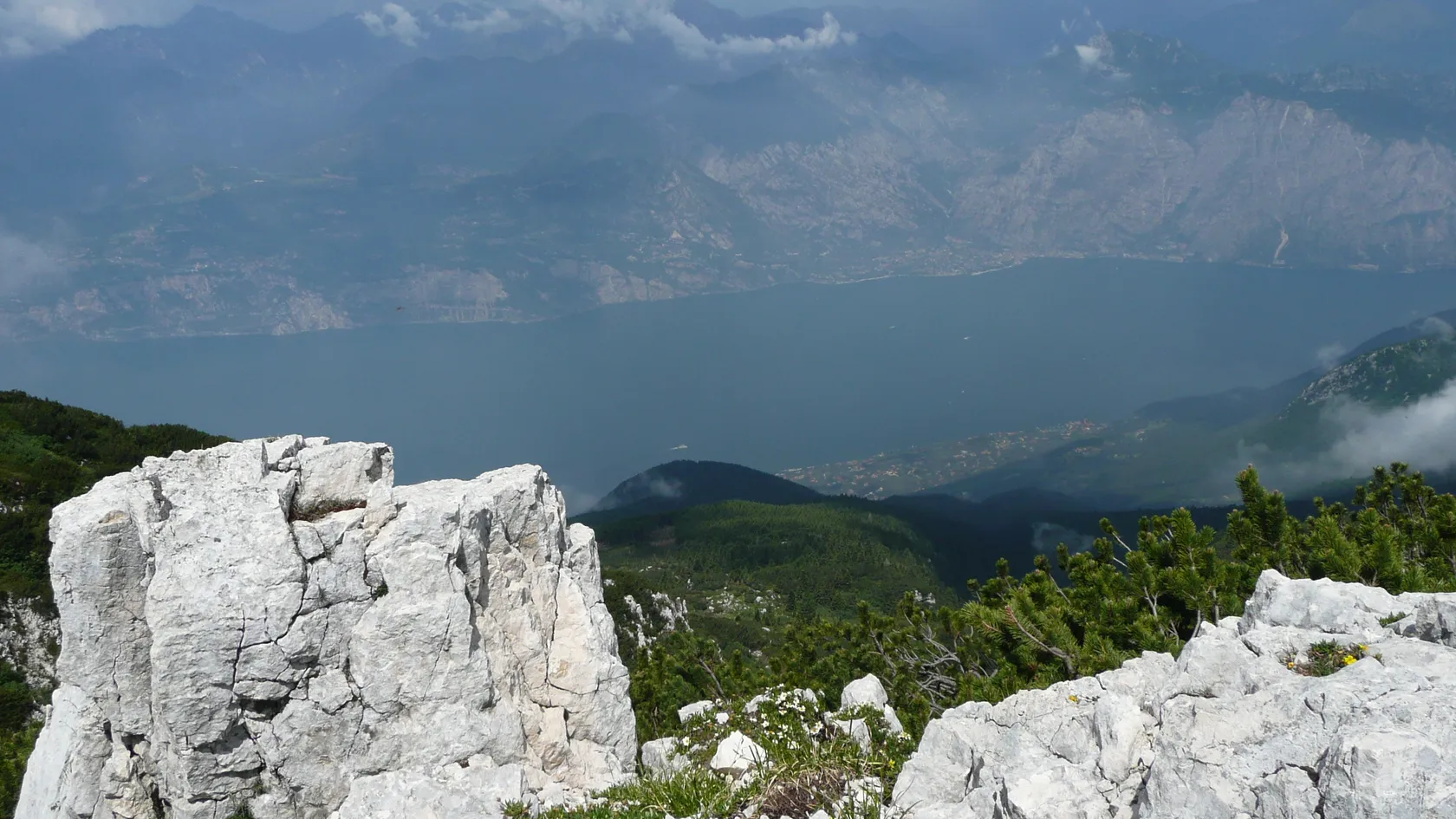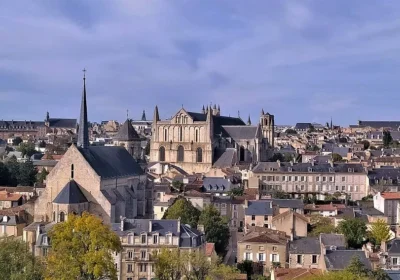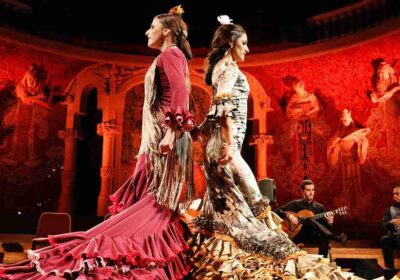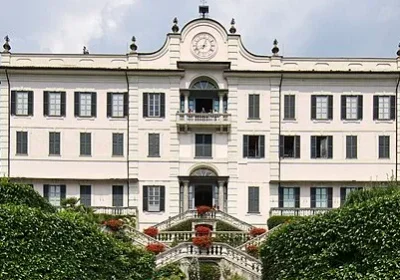Mount Monte Baldo tour overview:
Mount Baldo is of great naturalistic interest. The route, first along the Adige River, then leads up the mountainside, climbing to an altitude of over 2000 metres. It belongs to the mountain range of the Italian Alps and is located in the province of Trento and Verona. The mountain itself extends mainly from north-east to south-west, and is bounded by the southern highlands that end in Caprino Veronese, the western shore of Lake Garda, the northern valley that connects Rovereto with Nago Torbole and, to the east, Val Adige. The name comes from the German Wald (meaning “forest”) and the first mention on a German map dates back as far as 1163.
Monte Baldo reaches a maximum height of 2218 metres above sea level at Cima Valdritta, with a minimum height of 65 metres at Lake Garda. The mountain can be reached by funicular railway. The landscape is characterised by great diversity and an exceptional wealth of flora. From here you can enjoy a striking panorama of the valley below and Lake Garda.
For those who like to walk, there are special paths along the slopes of the mountain. On its summit there are sports and mountain facilities.
There you can also visit the marvellous sanctuary of Madonna della Corona, so harmoniously merged with the mountain that it seems to be a natural extension of it. Medieval chronicles testify that since the XI century in the area of the Baldo Mountains lived hermits associated with the Abbey of San Zeno. By the end of the thirteenth century, a small chapel dedicated to the Virgin Mary had already been built in the area, which could only be accessed via a dangerous rocky road. Inside the Sanctuary was discovered a painting of the Madonna and Child, painted no later than the XIV century. The main attraction of the temple is the Holy Staircase, a Christian relic for all time. According to an ancient legend, it is an exact copy of the one on which Jesus walked during the trial that sentenced him to death. It is believed that the pilgrims who walk on it receive partial absolution. Also in the Sanctuary are sculptures by Ugo Zannoni, a master from Verona who lived at the end of the XIX century. Most of his works are made of white Carrara marble, and the most famous of them are the statues of John the Evangelist and Mary Magdalene.
An important place in the Sanctuary of Our Lady of the Crown is given to the bronze figures of the Verona architect Raffaele Bonente, which are located both in the temple itself and in front of the entrance to it. The composition of five groups of angels around the crown of thorns next to the statue of Christ’s lamentation is particularly original.
You can stop for lunch at a local tavern where you can savour traditional local cuisine.
An optional lunch stop at a local tavern is available.

















